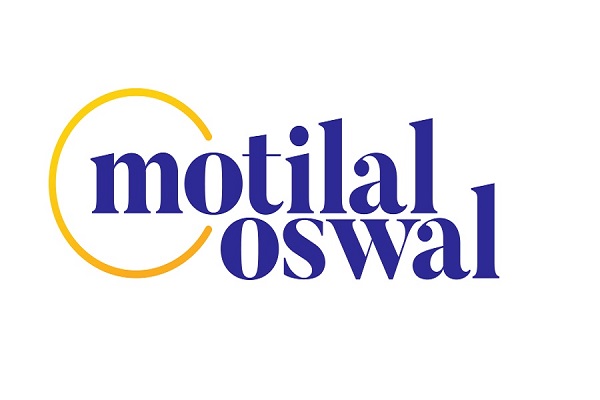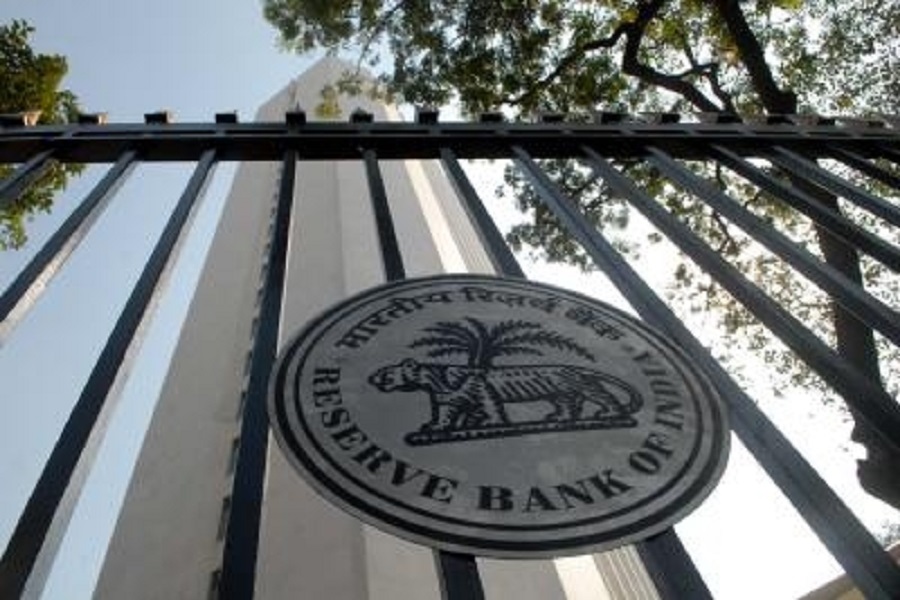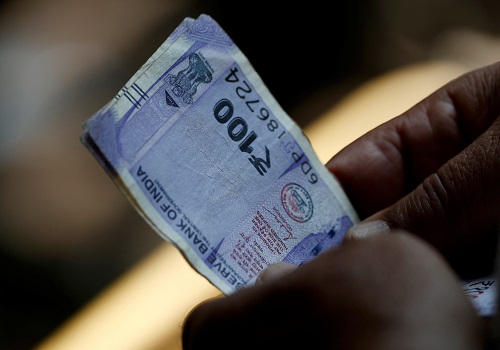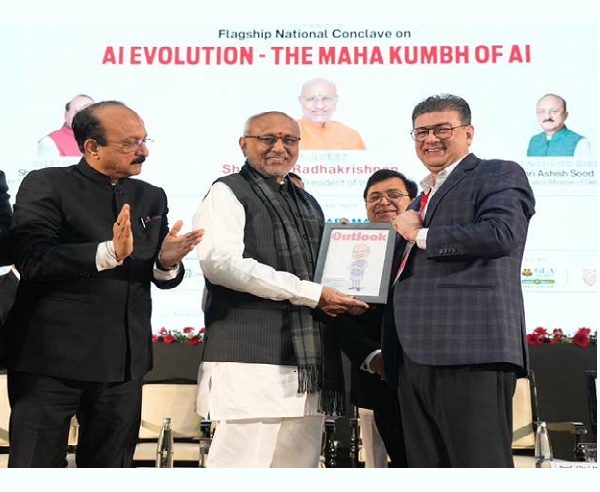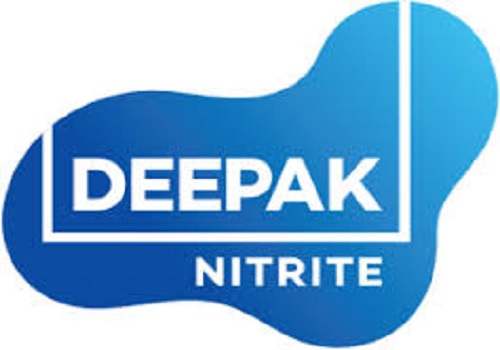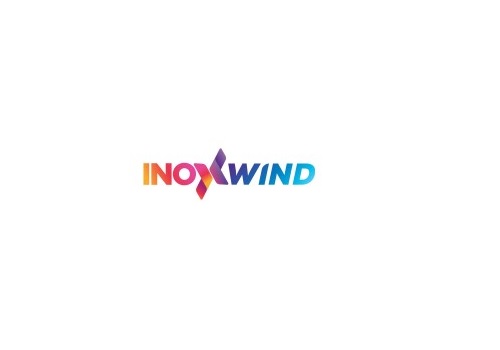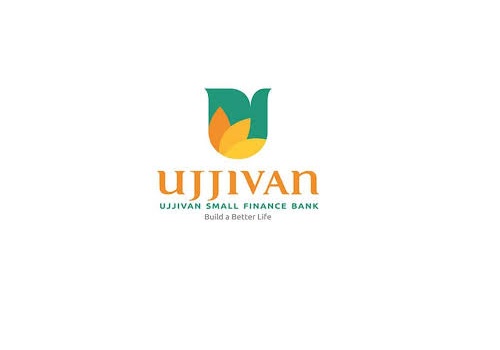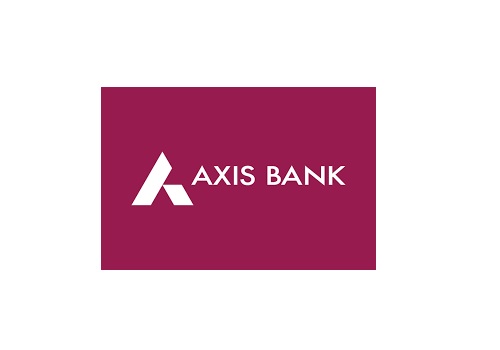Buy Dalmia Bharat Ltd For Target Rs. 1,500 - Prabhudas Liladhar Capital Ltd
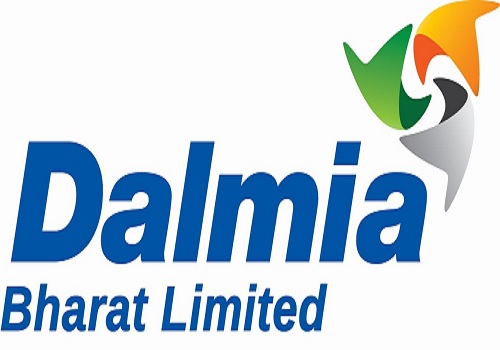
Dalmia Bharat (DALBHARA) reported a decent operating performance in Q4FY25, led by a sharp sequential volume recovery (28%) driven by government spending and pent-up demand post the festive season. Average NSR improved by just 1.1% QoQ, as the decline in prices in the Southern region offset the uptick in prices in the Eastern region. As per mgmt., all-India average prices increased by Rs10–15/bag in April compared to the average Q4FY25 price, which should aid H1FY26 earnings. Lower operating costs aided by strong operating leverage, negated the impact of weak pricing during the quarter.
DALBHARA expects to achieve half of its Rs150–200/t cost savings target in FY26 and anticipates 7–8% cement demand growth—key tailwinds that are expected to support margin expansion. With the recent 2.4mtpa capacity addition in Lanka, Assam, DALBHARA’s exposure to the North-Eastern region has increased. Given the region’s strong demand outlook aided by government’s infrastructure focus, company is set to capture incremental market share with increased capacity. However, the recent rise in pet coke prices, along with the Tamil Nadu’s incremental Rs160/t tax on limestone mining, will necessitate cement price hikes in DALBHARA’s key markets of East and South. We raise our FY26E/27E EBITDA by 5%/6% assuming higher pricing and cost saving benefits. We expect revenue/EBITDA/PAT CAGR of 15%/26%/24% over FY25-27E. At CMP, the stock is trading at 11.8x/10.3x EV of FY26E/FY27E EBITDA. We maintain ‘ACCUMULATE’ rating with revised TP of Rs2,117 (Rs2,003 earlier) valuing at 11x EV of Mar’27E EBITDA
? Revenue impacted by weak pricing: Revenue declined 5% YoY to Rs40.9bn (+29% QoQ; PLe Rs42.3bn) impacted by weak volumes, which declined 2.8% YoY to 8.56mt (+28% QoQ; tad lower than PLe 8.7mt). Average cement realisation improved 1.1% QoQ to Rs4,779/t (-2.4% YoY; lower than PLe of Rs4,843/t) due to some improvement in cement prices in the Eastern region which were negated by weak pricing in Southern India.
? Strong operating leverage aided EBITDA/t: EBITDA grew 21% YoY to Rs7.93bn (+55% QoQ; PLe Rs8.35bn) aided by lower operating costs. RM costs/t declined 20% YoY to Rs895 due to reduction in fly ash and limestone raising cost. Other costs declined 11% YoY to Rs668, freight cost/t declined 2% YoY to Rs1,136 while P&F costs/t remained flat YoY to Rs903. Fuel consumption cost declined to USD95/t from USD114/t YoY and USD96/t QoQ. Resultant, Dalmia delivered EBIDTA/t of Rs926/t (+25% YoY/+22% QoQ; PLe Rs 956/t). PAT grew 38% YoY to Rs4.3bn (+613% QoQ) aided by lower depreciation and lower tax rate due to reversal of extra amount set aside in income tax provisions
? Still running at lower utilization amid rising competitive intensity: DALBHARA is still operating at ~60% capacity utilization, as demand remained muted in FY25 and competitive intensity has increased. As domestic demand is expected to remain stable over the next few years, aggressive capacity additions by peers may create pricing pressure, potentially impacting EBITDA performance. The company has also submitted EoI for JPA assets, which can further lead to delays or misalignment of strategic focus.
Q4FY25 Conference Call Highlights:
? Cement industry demand grew by 7–8% in Q4FY25, driven by increased government spending and pent-up demand after the November festive season. A similar 7–8% demand growth is expected in FY26 as well.
? Price hike in the East was offset by a fall in prices in the Southern Region, resulting in a flattish NSR for the quarter. South witnessed price hikes of Rs30–50/bag; if these are sustained, NSR is expected to improve in Q1FY26. All-India average prices increased by Rs10–15/bag in April compared to the average Q4FY25 price.
? RM cost will see an additional impact due to the mineral tax imposed by Tamil Nadu govt. on limestone mined in the state, which is expected to add ~Rs130 crores annually.
? During the quarter DALBHARA accrued Rs0.99bn in incentives (collection totaling Rs1.19bn), whereas for FY25 total incentives accrued were Rs3.36bn with collections at Rs3.07bn.
? Total incentive outstanding as of end FY25 was Rs7.43 bn. FY26 incentive accruals are expected at Rs3bn.
? The management reiterated its cost savings guidance of Rs150–200/t by FY27E, out of which half is expected to be achieved in FY26.
? 3.6mtpa clinker unit in the North-East is in an advanced stage of development and is expected to be commissioned in Q2FY26. With this addition, total clinker capacity is expected to reach 27.1mtpa by the end of FY26.
? DALBHARA incurred capex of Rs26.64bn for FY25. Capex for FY26 is expected to be Rs35bn, which will be largely spent towards newly announced capacity additions at Pune and Belgaum. Detailed capex plan to reach 75mtpa by FY28 will be announced in the Q2FY26 earnings call.
? As of Q4FY25, gross debt and net debt stood at Rs52.79bn and Rs7.16bn, respectively. Net debt to EBITDA stood at 0.3x.
? DALBHARA commissioned a 2.2MW captive solar power plant at Lanka, Assam, and 13MW RE capacity under group captive, increasing the total operational RE capacity to 267MW.
? Rail and road share stood at 16% and 84%, respectively. Lead distance for the quarter was 277km vs 289km in Q4FY24.
? Trade volume share was 67%; blended share 84%; fuel cost Rs1.30/kcal; cc ratio 1.69x; and premium share at 24% of traded volumes.
Above views are of the author and not of the website kindly read disclaimer
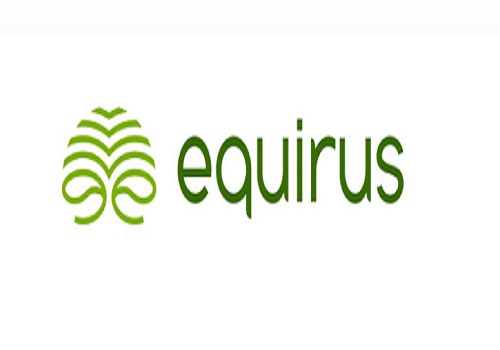
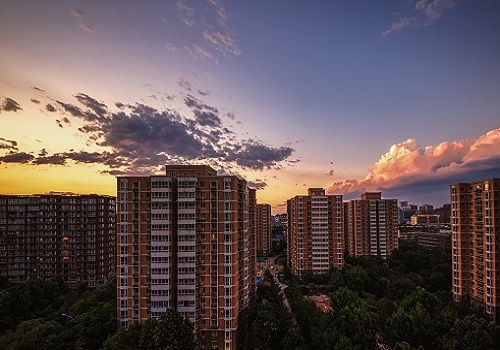


.jpg)


